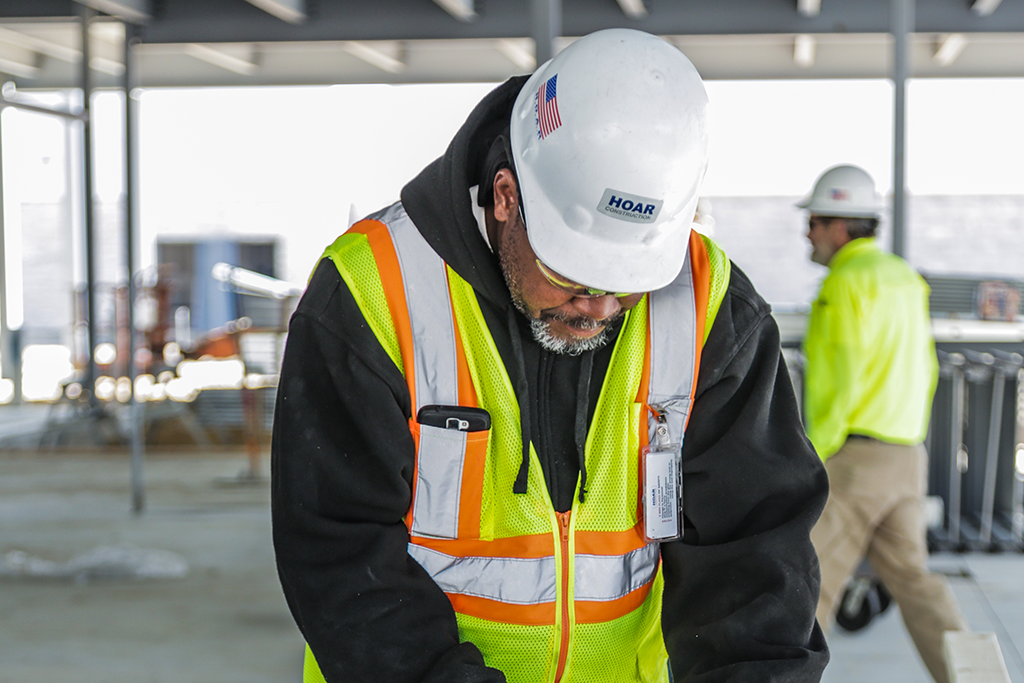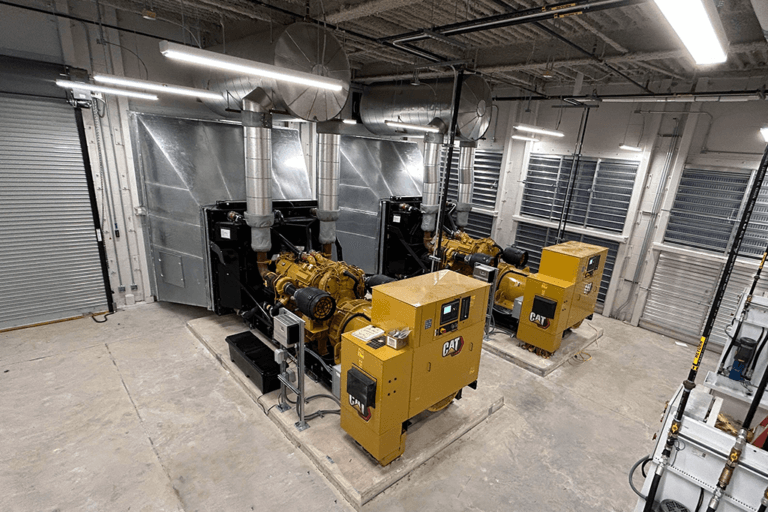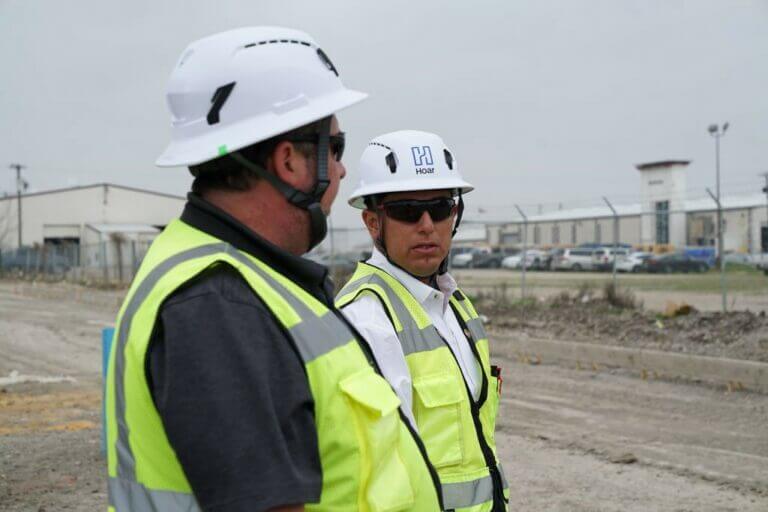
All construction comes with some degree of unknowns – will prices change before materials can be secured, will weather affect the schedule, and more. But with renovation projects in particular, how those unknowns can affect your project becomes even more complicated. That’s why hiring a contractor with specific experience renovating similar projects is so important. The good ones have seen most everything before. And they’ve developed plans to handle the inevitable surprises.
Learn from three of our experts – Brandon Smith, Project Executive, Hospitality and Entertainment; Hunter VanderLey, Project Manager, Multifamily and Student Housing; and Matt Valentine, Project Executive, Healthcare – exactly what it takes to renovate projects in specific sectors in order to meet your goals and stay on budget and on schedule amidst unknowns.
Hospitality and Entertainment
Brandon: All renovation projects start with understanding the existing conditions of the site. For hospitality and entertainment projects, however, we deal with a lot of adding to or reconfiguring interior and exterior spaces. This means our relationships with our design partners are crucial. We have to understand how the client’s vision relates to the existing conditions to insure the design fits into the affected areas for everything from walls to MEP systems.
We try to do as much investigative work on the site upfront as possible, which is not typical with new construction. There is much more preplanning and “What if?” planning you have to take into account, which could lead to more of an extensive preconstruction effort on renovation projects. For an example, on one our recent hospitality projects, we discovered, due to the age and size, the building had several unforeseen conditions such as rotted studs and structural flooring that needed to be repaired, which required additional design details, permitting and material procurement, all of which affected the overall construction scope, schedule, and costs.
For the owners, communicating those “What ifs” is crucial, so they understand potential budget and schedule shifts. You have to explain those risks, especially in older buildings. Up front communication and setting expectations early on is key to maintaining good relationships.
One technique that’s proven helpful is starting with a mockup room before the main renovation starts. We open the walls in a few rooms to help identify any unforeseen conditions. This helps establish unit rates and unit pricing for the rest of the building. On a recent project in Florida, two out of the three sample rooms needed flooring repaired for structural integrity. For the entire 500+ units, we were able to talk to the owner ahead of time, establish a unit rate, and order materials. This greatly streamlined our change order and approval process.
Multifamily and Student Housing
Hunter: Multifamily and student housing projects can be similar in some ways to hospitality projects, since you’re dealing with multiple, similar units. But, whereas hotels can shut down floors or wings, in multifamily renovations we’re often working around occupied apartments. In addition to the safety precautions we have to take around our activities, working in an occupied building can also affect pricing. We have to factor in the logistics of moving throughout the building, moving trade partners, moving materials, and the time of day these activities occur so there’s minimal disruption for residents. From a production standpoint, our trade partners need to know every single day where they’re going to be working. If we’re renovating multiple rooms or in multiple phases, we have to plan a consistent flow of work, day-by-day, so every trade knows where on site to be and that there aren’t any clashes. We make sure to engage trusted trade partners, people who have the specific experience renovations required and who we know are up to the challenges.
In student housing, we can run into delays in being able to move students because of when in the semester our activities need to occur. Asking someone to move right before exams or during them isn’t reasonable. Scheduling coordination with all parties involved is crucial to making this type of project work.
Because renovations come with so many unknown factors, we can end up with extra work that can’t, in many cases, be quantified. The communication and coordination factors are multiplied, in addition to time and material work, time spent tracking everything from schedules to material delivery, and time spent pricing for a newly discovered issue that needs to be remedied. But, with our experience on similar projects, understanding these kinds of scopes and the effort required does become a bit more predictable.
On a recent student housing project, we had the luxury of having quite a few of the rooms already demolished when we were hired, so we saw some of the conditions from the get-go. This enabled us to have more specific communication with the owner, understanding more about the potential unknowns, and making sure the contract was specific on how those changes were going to be handled. In your typical renovation project, those early conversations can help everyone make a plan for how unknowns will be handled and write it into the qualifications for the project.
Healthcare
Matt: Preconstruction on hospital renovation projects is the major key to making the project more predictable. We like to have conversations with our owners and design partners together, so everyone can establish expectations around cost and schedule. We spend a lot of time explaining potential challenges, how they can affect pricing, and why these things matter. We tend to break the project down into the smallest possible phases to get a microscopic view of costs and timing. You must know these things and communicate with the clients about potential challenges up front; otherwise, there could be substantial financial implications.
Recently we completed demolition in the first phase of a 14-phase project and found there were structural concerns that required repairs. Those repairs extended the schedule by six weeks. But, because we had a good relationship with our owner and design team, we were able to work together and relook at the phasing, discussing what they absolutely must have to operate and what can be reorganized to allow more phases to be under construction at the same time. With these continual conversations we are now pulling the schedule back and are able to get the entire project back on schedule. In healthcare renovations, we often have to look at needs versus preferences to make up or save time.
The Big Picture
Renovation projects are inherently risky, but we’ve found that communication, communication, and more communication is essential to mitigating that risk. We overcommunicate the plan up front and throughout the process.
We involve the entire team in this process – from owners to architects, from engineers to trade partners – so everyone is on the same page and readily available if a quick design fix or decision needs to be made. This helps us avoid delays and keeps everyone accountable.

